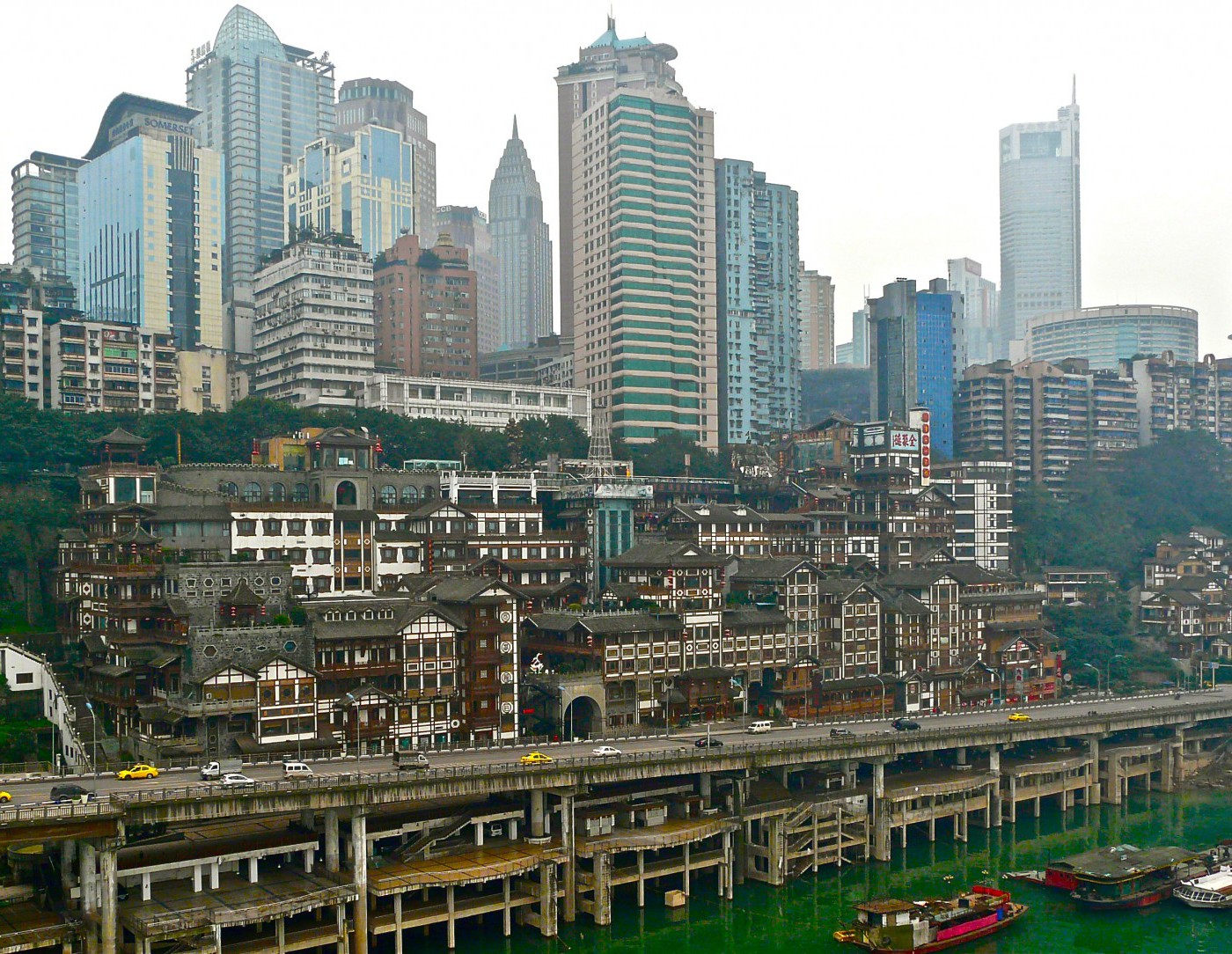Related

Working Paper
/ Feb 12,2015
Making Land Fly
Land Quota Markets in Chinese Urbanization
by
Yuan Xiao

May 01,2013
Grain & Housing Affordability in China
by
Brandon Fuller
The NYU Wagner Innovation Labs teamed up with the Center for an Urban Future to produce Innovation and the City, a useful new report for the next mayor of New York City. The report highlights 15 successful urban policy innovations from around the world that the next mayor could put to use in the Big Apple. My favorites include #9 — Chicago's budget savings commission — and #13 — Michigan's prize-linked savings accounts.
The most promising reform for New York is #12 — relaxing zoning restrictions to allow for accessory dwelling units and basement conversions.
The report notes that ADU permissions would have a particularly important impact on the housing supply in the outer buroughs, where one and two-family residences account for a substantial portion of the total lot area. ADUs would provide attractive housing options for the elderly but, more importantly, they would make city-wide rents and prices more affordable by increasing the supply of housing. Here's hoping the next mayor follows Seattle's lead.
Please fill out the information below to receive our e-newsletter(s).
*Indicates required.